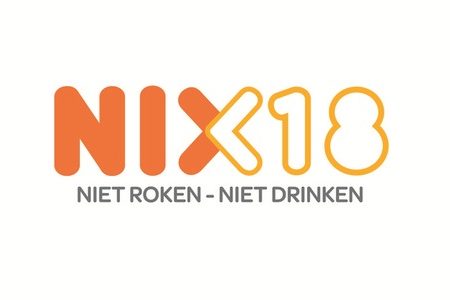Discussing alcohol: To speak or not to speak?
Say you’re asked to improve public health by designing an intervention that stimulates interpersonal communication, based on the idea that discussing unhealthy behaviors stimulates people to behave in a more healthy way. Would it work and why (or why not)?
Does interpersonal communication influence behavior?
Many studies have shown that discussions about health risks (associated with alcohol abuse, smoking, or drug use, for instance) can influence unhealthy behaviors. However, it is not necessarily the case that such conversations always result in desirable (more healthy) behaviors, such as less alcohol abuse, less smoking, or less drug use. This was one of the conclusions of a study I conducted with colleagues from the University of Amsterdam, which showed that students were more likely to want to binge drink after they had talked about alcohol than if they had not spoken about alcohol. However, if the students saw an anti-alcohol campaign before discussing alcohol, the discussions did not lead to unhealthy effects (Hendriks, Van den Putte, De Bruijn, & De Vreese, 2014). So what exactly can explain these findings?
By taking a closer look at the conversations, we discovered that students tend to talk very positively about alcohol (saying, for example, “alcohol is fun"). These positive conversations consequently resulted in students becoming more positive about drinking and more likely to binge drink. However, watching an anti-alcohol video prompted more negative discussions (with comments such as “people who drink a lot are dumb”), consequently resulting in less unhealthy tendencies (Hendriks, De Bruijn, & Van den Putte, 2012). Thus, conversational valence (how negatively or positively people talk) is very important in determining the effects of interpersonal communication.
How to stimulate healthy conversations?
Negative conversations about alcohol can thus lead to less drinking, and positive conversations can lead to more drinking. So how can you, as an intervention-planner, get young people to talk negatively about alcohol - a topic they are usually very positive about? In a recent study, we tested a possible strategy. We showed students different types of anti-alcohol campaigns and then asked them to discuss alcohol in pairs. It turned out that if students felt scared after watching an anti-alcohol video (for example if they saw a serious accident due to alcohol abuse), they talked more negatively about alcohol and consequently drank less alcohol in the following weeks (Hendriks, Van den Putte, & De Bruijn, 2013).
So what about Facebook and WhatsApp?
Studies thus show that conversations about health topics can lead to both desirable and undesirable effects. These studies have all been conducted in offline, face-to-face, settings. However, young people nowadays spend a lot of time online, using Social Network Sites such as Facebook and chat programs such as WhatsApp. These online discussions differ from offline discussions in several important ways, and it’s important to understand the influence of online discussions about health topics. In a recent study, conducted at the psychology lab of Leiden University, I showed that online conversations are often positive about alcohol, especially when these discussions occur between people who know each other well (Hendriks, De Bruijn, Meehan, & Van den Putte). This is also in line with studies showing that young people post many positive messages about alcohol on sites such as Facebook (Moreno, Briner, Williams, Brockman, Walker, & Christakis, 2010). Given the evidence that this positive communication about alcohol can lead to more alcohol consumption among young people, it’s important to gain a more thorough understanding of how to deal with these undesirable effects.
Conclusion
So how can we design an intervention to reduce alcohol consumption by stimulating interpersonal communication? Given what we’ve seen above , it would not be wise merely to stimulate discussions without guiding them in a specific direction. That approach would probably lead to positive conversations about alcohol, especially if these discussions took place online between friends, and this would increase rather than decrease alcohol abuse. A better approach would be to stimulate interpersonal discussions, but to steer these conversations in a desirable direction, for example by giving specific instructions (“talk to others about the negative consequences about alcohol”) or by asking students to discuss alcohol after watching a scary anti-alcohol film. So unfortunately there’s no simple answer to the question “to speak or not to speak?”. Speaking can definitely be a good intervention strategy, but it needs to be given careful thought and planning.





